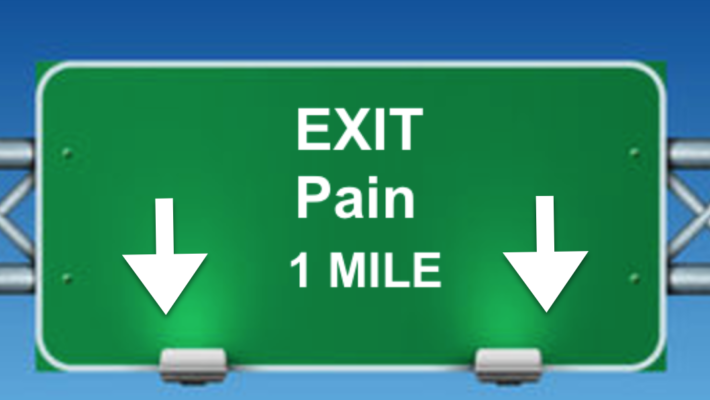
Reading the Body’s Roadmap
In an age of break-neck technological and biomedical innovation, would it surprise you to know that we really are not sure where back pain comes from?
To neurosurgeons there is an enormous difference between back pain (pain from the buttocks up) versus leg or sciatic pain (from the buttocks down). The different presentation implies a different cause of the symptoms and therefore potentially a different treatment regimen.
When a patient describes leg or sciatic symptoms, often the distribution of pain, weakness or numbness (all of the modalities that travel within the nerve) gives good information about which nerve is involved and where to look on an MRI. The neurosurgeon would be looking for a disc bulge or arthritic changes that might be pinching or compressing a nerve.
If a person is experiencing back pain, there could be a number of sources. Non-spine causes such as kidney stones or even constipation may need to be ruled out. To understand where lumbar-originating pain is coming from, we need to understand the anatomy a bit better. Between each vertebrae are the lumbar discs. We know that there are pain receptors within the discs themselves. Behind the spinal canal are facets joints on either side which also have pain generators in them. Finally, the muscles and ligaments surrounding the spinal canal also all have nerve fibers that could be a source of on-going pain. Any one of these areas could be the source of pain, or it could also be a combination of any of these!
Because there are likely many sources of back pain, there are many treatments that could be effective. One size does not fit all! Chiropractors, acupuncturists, physical therapists, pain management physicians, and surgeons can all be effective. My recommendation is to take the next most-aggressive step along that continuum until the problem is solved.



